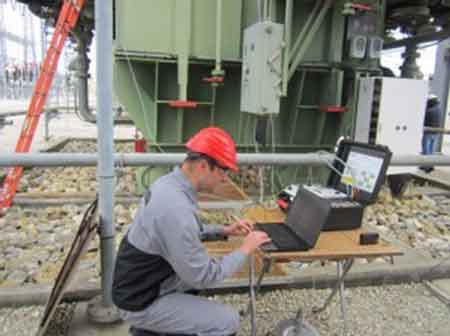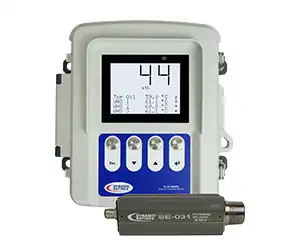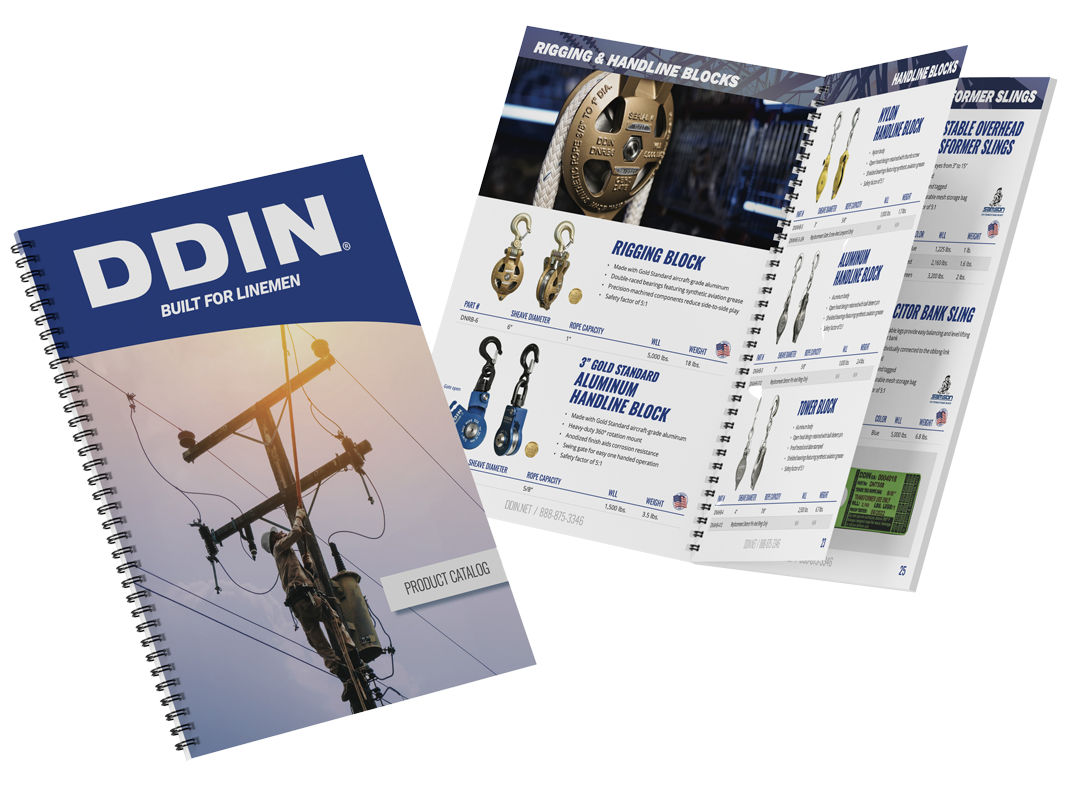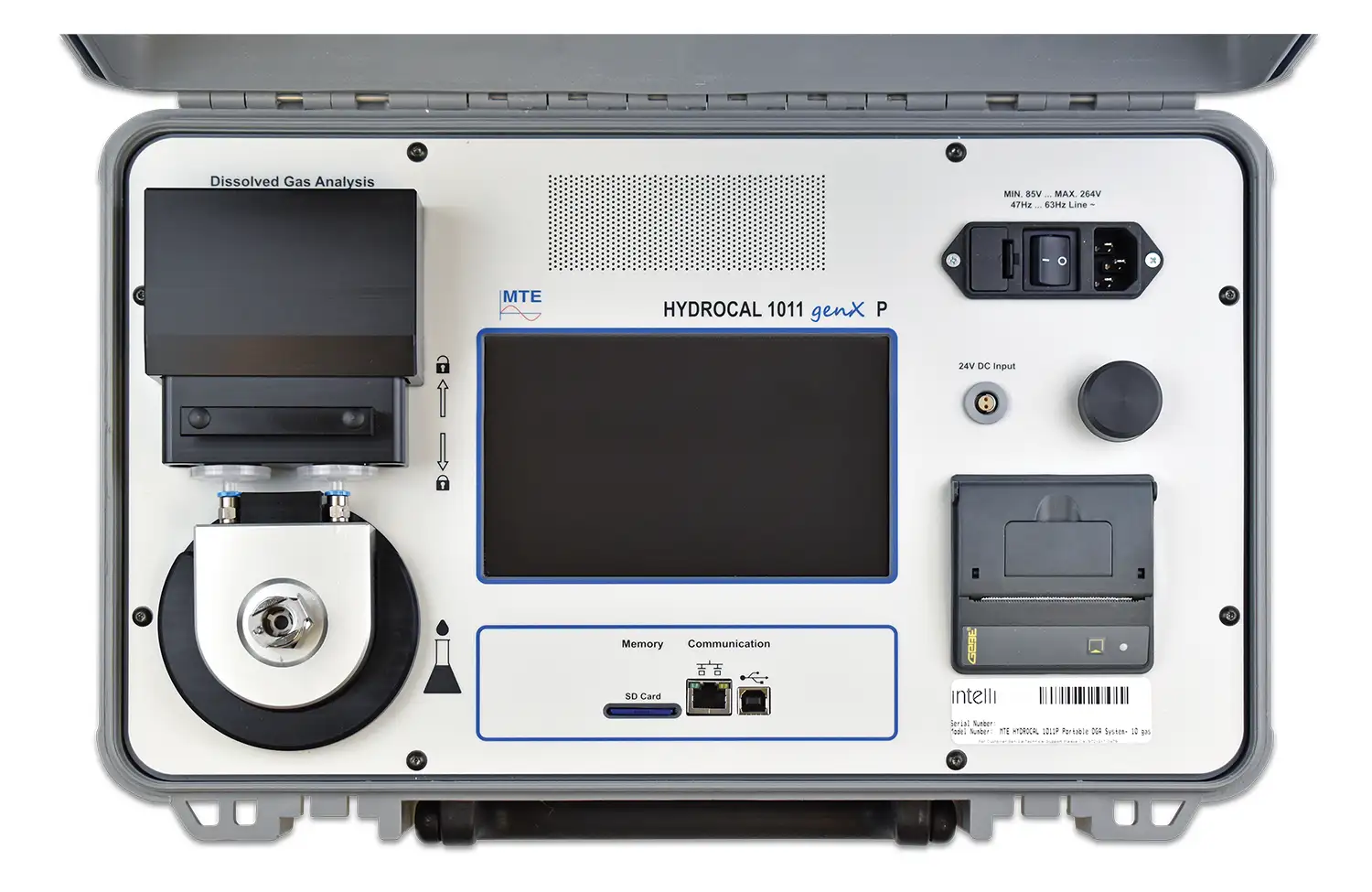Condition Monitoring in an Age of Modernization: How (and why) to Adapt
By Tony McGrail
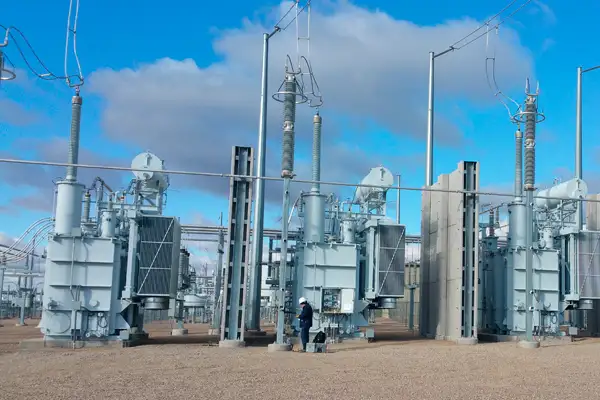
Power Transformer Maintenance Training
Our customized live online or in‑person group training can be delivered to your staff at your location.
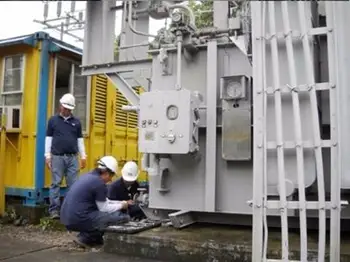
- Live Online
- 12 hours Instructor-led
- Group Training Available
Download Our NFPA 70E Fact Sheet – 2024 Electrical Safety Edition
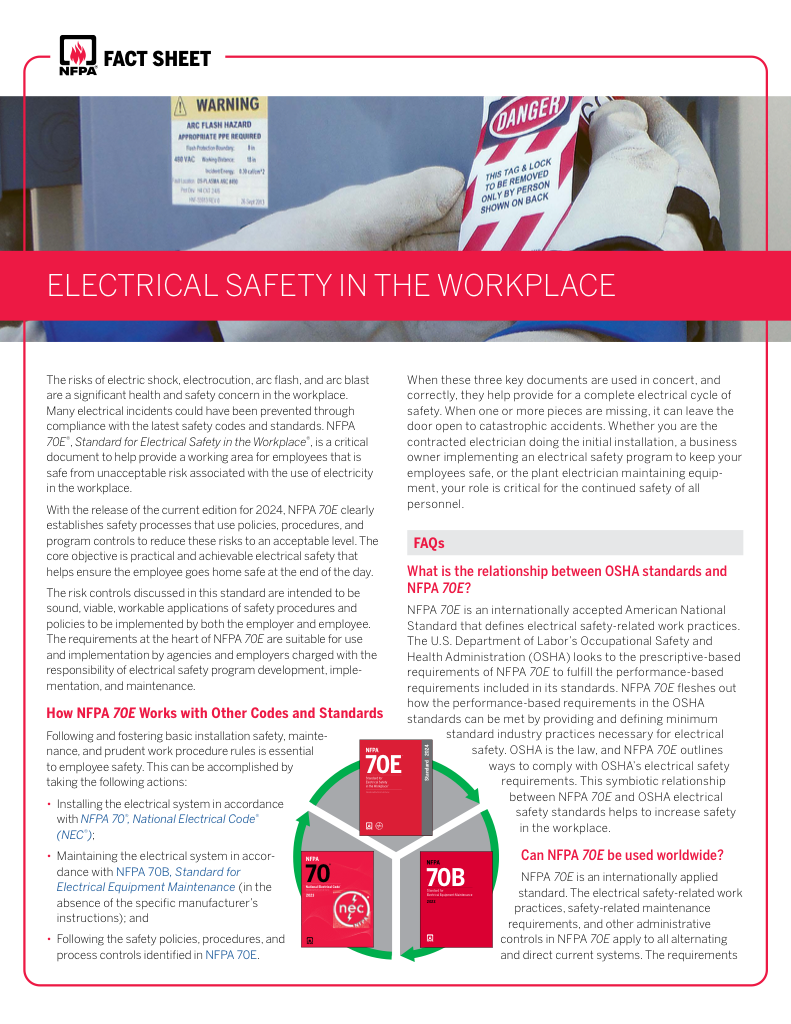
- Understand how NFPA 70E works with NEC and NFPA 70B standards
- Clarify the shared responsibility between employers and employees
- Learn how NFPA 70E supports OSHA compliance
Condition monitoring in an age of modernization leverages IoT sensors, SCADA, digital twins, and AI analytics to deliver predictive maintenance, real-time diagnostics, and reliability for electrical assets, switchgear, transformers, and rotating machines.
What Is Condition Monitoring in an Age of Modernization?
A data-driven approach using IIoT, analytics, and sensors to predict failures and optimize electrical asset reliability.
✅ Continuous monitoring of transformers, switchgear, motors
✅ AI/ML predictive analytics using vibration, thermal, partial discharge
✅ Integrates SCADA, CMMS, and digital twins for maintenance
The widespread application and use of electricity, which may now seem like a simple commodity, is considered one of the greatest technical developments of all time. However, keeping up with today’s demand for power is anything but simple: a vast amount of resources goes into maintaining a reliable infrastructure.
A century ago, we didn’t have as many assets to monitor and protect against failure— but naturally, as society has developed and adopted technology, our global need for power has expanded, and with that expansion grid infrastructure has also grown. And as the grid grows, it must also adapt as the industry faces new challenges and opportunities, such as supporting modern, renewable resources and large industrial complexes.
The application of digitization and analytics is common in many industries to address evolving demands: enterprises are using automation to manage and troubleshoot networks, substantially cutting down maintenance time and operational costs with around-the-clock monitoring capabilities; healthcare facilities are leveraging data to enhance patient care and improve pharmaceutical ordering; and airline designers like Boeing and GE are using digital twins and virtual replication to transform the way they produce aircraft.
Across the board, industries are leveraging data to drive efficiency, reliability, resilience and better outcomes for customers with one thing in common — proactivity in their approaches. So, if the power industry paved the way for so many of these remarkable evolutions, how are we advancing the way in which we meet our own industry’s needs?
Electricity Today T&D Magazine Subscribe for FREE

- Timely insights from industry experts
- Practical solutions T&D engineers
- Free access to every issue
For utilities seeking structured benchmarking, methodologies for evaluation of transformers help align modernization goals with measurable asset performance.
Condition monitoring: What it is and its role in modernization
Condition monitoring—the process of monitoring a parameter related to asset condition to identify a significant change indicative of a developing fault—helps utilities make informed and confident maintenance and repair decisions across all the assets they manage. By collecting comprehensive asset data on an ongoing basis, utilities get deep insights that let them make smart choices and help allocate their resources to the areas
that need repairs, maintenance, or other intervention most urgently.
A major goal of grid modernization is to make power infrastructure more resilient through technology– and condition monitoring plays a key role in that effort. Fortunately, most concerns over the factors behind asset health-related risks are under operational control and can be addressed by proactively assessing and monitoring asset condition and better detecting faults and issues, such as insulation deterioration, before they become a crisis. Insight into infrastructure health and performance equips teams to respond better to changing conditions and stay flexible in the face of evolving power demands.
Routine analysis of transformer oil provides early insight into insulation degradation and incipient faults that complement online monitoring.
The Power Industry’s Need for Condition Monitoring
Condition monitoring is a critical component to infrastructure maintenance. The approach gives engineers peace-of-mind by detecting any changes in asset health as they emerge and predicting future disruptions based on a historical data set, including information on previous inspections, condition of similar components, asset health trends, and other real-time indicators. Similar to how a patient would use a heart rate monitor to track and alert them of changes in vitals, condition monitoring solutions make it possible for engineers to constantly keep tabs on changing transformer condition and know when an abnormality needs to be addressed. When teams analyze data through condition monitoring, they should be able to detect and diagnose failure modes, making it easier to predict future issues, and proactively prevent failures and consequent business interruption.
But, don’t be fooled by the products on the market posing as ideal condition monitoring solutions. Anyone can sell a box with lights on it and label it a condition monitoring tool—to make sense of it, utilities must be aware of their own system and then translate the information into actionable solutions.
To triage fleets effectively, many organizations use a standardized power transformer health check to rank risk and prioritize corrective actions.
Planned outages are also optimized by defining appropriate maintenance inspection windows on transformers that synchronize testing with load and seasonal conditions.
The Three ‘C’s’ of Condition Monitoring
There is a major difference between monitoring for a specific failure mode in a specific asset group and having a genuine understanding of the state of the entire transformer fleet. The latter allows utilities to be proactive, address issues quickly and even predict where the most likely faults will occur. The three ‘C’s’ of condition monitoring serve as a guide to help keep operations running as smoothly as possible:
Control the measurement being made and understand what it implies for failure modes that apply, and the timescales under which they operate. The timeline and parameters around how often teams should look at different data sets depends on failure modes and symptoms. And, of course, suitable data analytics should indicate an incipient problem in a timely manner.
Context is key. Parameters change in unexpected ways, and data will inevitably be different than what was originally thought. Understand the measurement and whether there is a relationship with load or temperature, for example– this is important for understanding which data points are truly outliers and worthy of deeper analysis.
It’s important to be able to draw reasonable and justifiable Conclusions from what teams uncover in their condition monitoring programs—data is great, but it only does so much on its own. The decisions that can be made based on that data is what is truly impactful for the organization as it protects against future risk.
Test Your Knowledge About Utility Transformers!
Think you know Utility Transformers? Take our quick, interactive quiz and test your knowledge in minutes.
- Instantly see your results and score
- Identify strengths and areas for improvement
- Challenge yourself on real-world electrical topics
When building models, careful feature selection for effective health index diagnoses ensures analytics emphasize measurements that truly correlate with failure modes.
Strategic programs for power transformer asset management using a health index then translate those insights into lifecycle plans and investment roadmaps.
So, where should you start?
Systems and the demands associated with evolving infrastructures will never stop changing. The good news is, scalable platforms give engineers the flexibility they need to accommodate and grow along with their system. No one is sure what tomorrow will bring, but condition monitoring programs can help utilities better prepare for the unknown by providing the foundation for operators to make well-informed decisions that help reduce risk, lower failure rates and streamline repair processes.
The power grid provides so many industries with the resources necessary to operate – and resiliency is enhanced tremendously by condition monitoring programs.
So: start small and grow—let your condition monitoring journey be one where you are open to learning and one where the value of the condition monitoring is realized incrementally, and the value is recognized across the organization.
At the distribution edge, asset visibility should include the humble power pole transformer so localized faults are detected before they escalate upstream.
Tony McGrail is Doble Engineering Company’s Solutions Director for Asset Management & Monitoring Technology, providing condition, criticality and risk analysis for utility companies. Previously, McGrail spent more than 10 years with National Grid in the U.K. and the U.S. McGrail is a substation equipment specialist with a focus on power transformers, circuit breakers and integrated condition monitoring. He has also taken on roles of Substation Asset Manager and Distribution Asset Manager, identifying risks and opportunities for investment in an ageing infrastructure.
McGrail is a Fellow of the IET, a member of the IEEE, and a member of the IAM. He is currently Chair of the Doble Client Committee on Asset and Maintenance Management and a contributor to SFRA and other standards at IEEE, IEC and CIGRE. He holds a B.S. in Physics, supplemented by a M.S. and a Ph.D. in Electrical Engineering and a M.B.A. McGrail is an adjunct professor at Worcester Polytechnic Institute of Massachusetts, leading courses in power systems analysis.






